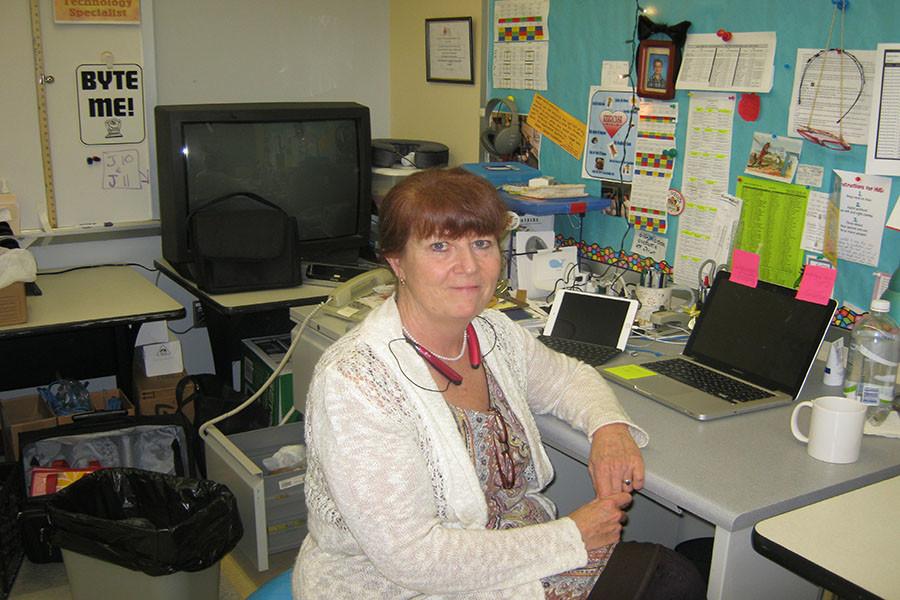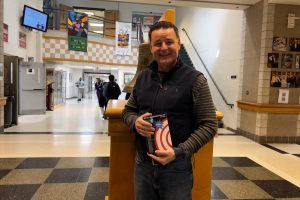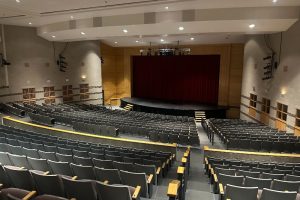Stony Brook removes computer labs
November 2, 2015
With all the technology upgrades in America, Stony Brook Middle School is hopping on the train of innovation too.
This year, Stony Brook Middle School has made changes to the technology curriculum. Originally, Stony Brook used to have three full computer labs. Each of the three computer labs had approximately 26 computers. The school has recently replaced most of the computers with laptop carts.
The computers were “depod”. According to Priscilla Schultz, the technology teacher at Stony Brook, that means those computers are “no longer used in the Westford Public Schools nor are they distributed in any other way.”
Ideas of selling the computers to students who may not have computers was brought up in the past, however Schultz says that the potentially sensitive information stored on the computers prevents this from happening.
The Digital Learning Department, headed by Julie Baudreau, made the decision to replace the computer lab.
“It was her desire” Schultz says “to get more technology in the hands of more students. Make it more available and make it more seamless, that the technology be seen as just another tool to use like a student would use a pencil.”
However, Baudreau’s ideas would first need to go by Superintendent Bill Olsen, the school committee, and pass the financial plan of how technology is to be replaced. This is a both a very long and tiresome process, and Baudreau had to jump through many hurdles, according to Schultz.
After clearing the computer lab, the school is left with three empty spaces. One of which is still a partial lab containing eleven computers which were once music computers. The other two remaining spaces are currently used as a resource classroom. It is used by specialized teachers like the math tutors and the student support services classes. More small group of students will use this space more in the future.
Nine Chromebook carts are now being used as a replacement for the computer labs; three carts per grade level. The core classes are Math, Language Arts, Social Studies, and Science, and all of the core teachers will have to distribute the carts amongst themselves. The integrated arts, foreign language classes and student support services had no share between the nine new Chromebook carts. “This did not make those people happy.” Schultz replies.
Overall the recent change has brought nothing but positive results. “Technology is being used more often in more classrooms.” Schultz says. Teachers are now implementing more technology into their curriculum.
Without the full computer lab, Schultz teaches a technology class in the partial lab also using a Macbook cart filled with 15 Macbooks. The class however is still part of the GRT rotation of Guidance, Research, and Technology cycle.
When asking Schultz on her opinion of the changes she replies “I don’t see it as a better way or a good way or whatever. I feel like we are in transition from technology being in the hands of a few people at a time to eventually, very soon, technology in all hands, in all students. I only see this as a transition. Nothing is perfect about it, but we still have to go through with it.”
While students are learning, the teachers will also need to learn too. Having the new laptops , however, help the teachers a little more. “It actually makes them more mobile. They can take the Chromebooks with them, there are more of them.” Schultz says. Most of curriculum will be going more digital and global.
Student having their own laptops isn’t that far away too. “Absolutely, positively, without a doubt, it’s around the corner. I feel it will open the world to every kid. You can take a course with someone sitting in Mongolia.” Schultz adds.







